There are many articles on the nitrogen cycle, nitrogen and nitrates, but fewer discussions on the actual water hardness and how fish deal with soft and acidic water or hard and alkaline water.
Fish are not waterproof. Water and any dissolved minerals in the water move in and out of fish bodies. How fish deal with this is key to maintaining their health. Knowing what your fish can cope with and maintaining the correct water hardness is therefore very important.
Fish must maintain the right concentration of solutes and amount of water in their body fluids; this involves excretion (getting rid of metabolic nitrogen wastes and other substances such as hormones that would be toxic if allowed to accumulate in the blood) through organs such as the skin and the kidneys.
The process known as ‘Osmoregulation’ works to ensure that the right balance and concentrations of electrolytes (salts in solution) are maintained to keep the body fluids from becoming too diluted or concentrated.
Two major types of osmoregulation are osmoconformers and osmoregulators.
Osmoconformers match their body osmolarity to their environment actively or passively. Most marine invertebrates are osmoconformers, although their ionic composition may be different from that of seawater.
Osmoregulators tightly regulate their body osmolarity, maintaining constant internal conditions. Osmoregulators actively control salt concentrations despite the salt concentrations in the environment. An example is freshwater fish.
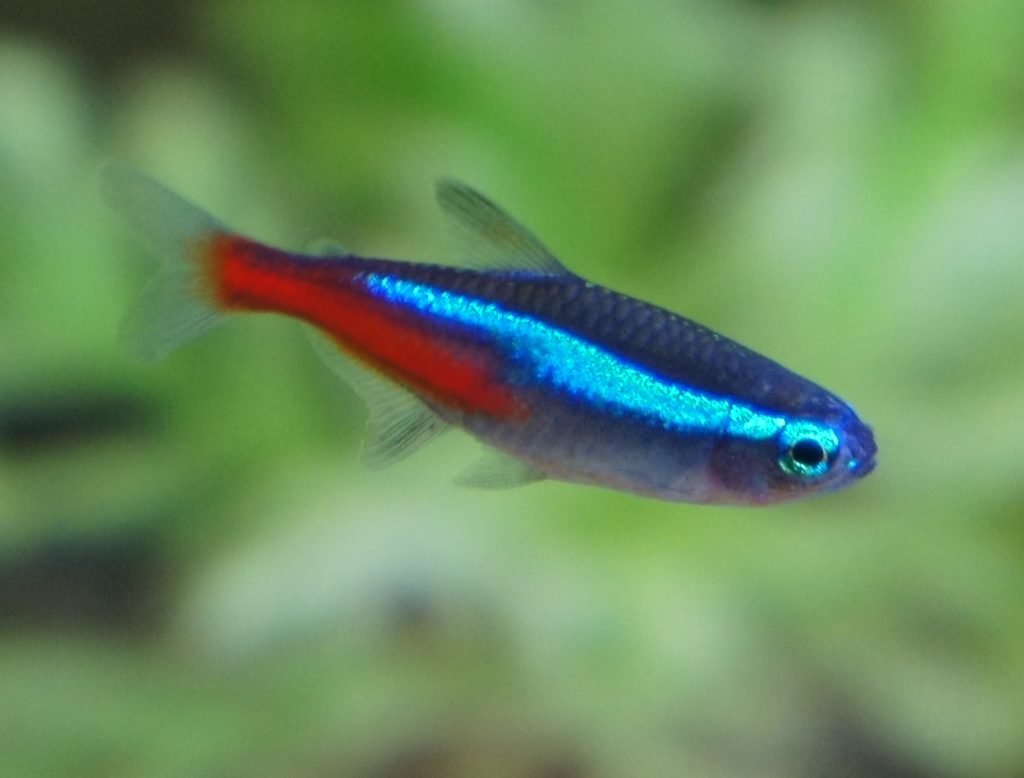 Freshwater fish gills actively uptake salt from the water by the use of mitochondria-rich cells. Water will diffuse into the fish, so it excretes a very dilute urine to expel all the excess water. They pump out surplus water while conserving the mineral salts they need for their cells and tissues to work properly.
Freshwater fish gills actively uptake salt from the water by the use of mitochondria-rich cells. Water will diffuse into the fish, so it excretes a very dilute urine to expel all the excess water. They pump out surplus water while conserving the mineral salts they need for their cells and tissues to work properly.
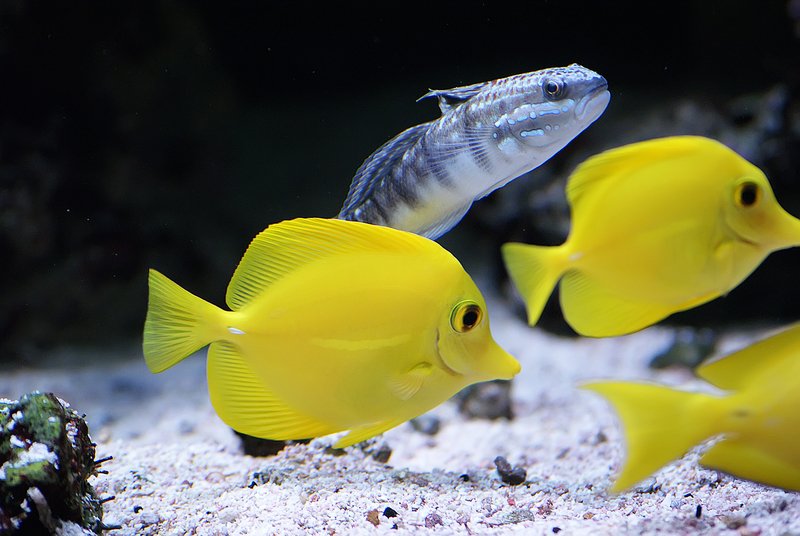
A marine fish has an internal osmotic concentration lower than that of the surrounding seawater, so it tends to lose water and gain salt. It actively excretes salt out from the gills.
Most fish are stenohaline, which means they are restricted to either salt or fresh water and cannot survive in water with a different salt concentration than they are adapted to.
However, some fish show a remarkable ability to osmoregulate across a wide range of salinities; fish with this ability are known as euryhaline species, e.g. Flounder.
Flounders have been seen in two completely different environments—marine and fresh water.
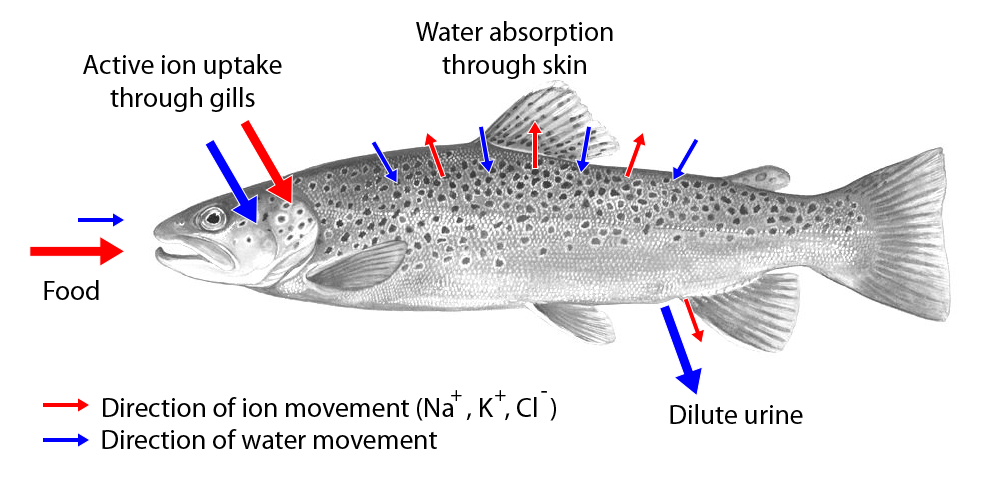
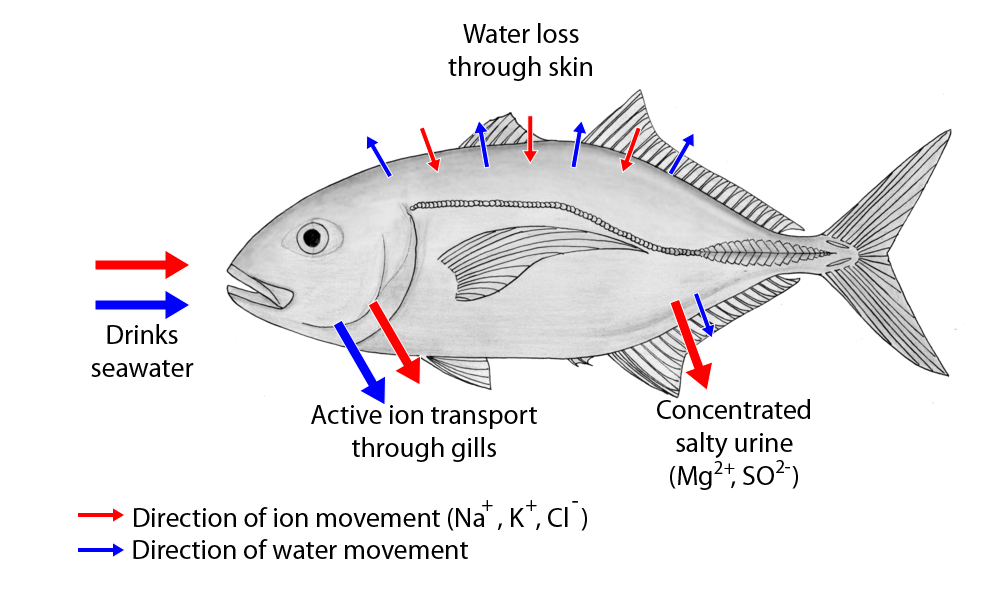
Contents
Dissolved Minerals
We can divide the minerals dissolved into two main types – general hardness and carbonate hardness.
The biggest impact on osmoregulation is general hardness. Fish adapted to water with low levels of hardness (soft water) usually struggle to adapt to water with high levels of hardness (hard water) and likewise the other way around.
Carbonate hardness can affect osmoregulation, its main impact is on how stable the pH is between water changes. Carbonate hardness neutralises acidity, water with a high carbonate hardness tends to have a pH around 7.5 to 8.5 and that pH will be stable. Such conditions are a precondition for those fish from hard water environments, such as Rift Valley cichlids and Central American livebearers, but can cause problems for those fish that do better in slightly acidic water conditions like South American tetras.
What units do we use for hardness – well as often is the case, not everyone agrees on this. In the US often the kits are labelled as GH ppm, that is milligrams per litre (mg/l). So 4 ppm equals 4 mg/l or 4ml/l. Many different systems are in use, commonly the German unit °dH (deutsche Härte) for general hardness and KH for carbonate hardness are used too. None of this really matters provided you have some idea of what your test kit is telling you in terms of high, medium and low levels of hardness.
|
Degrees |
Parts Per Million |
Description |
|
0 – 4 dH |
0 – 70 ppm |
very soft |
|
4 – 8 dH |
70 – 140 ppm |
soft |
|
8 – 12 dH |
140 – 210 ppm |
medium hard |
|
12 – 18 dH |
210 – 320 ppm |
fairly hard |
|
18 – 30 dH |
320 – 530 ppm |
hard |
|
Higher |
> 530ppm |
Liquid rock (Lake Malawi and Los Angeles, CA) |
Should you change the pH if your fish need acidic water?
Quick answer is no. It is better to view pH as related to high or low levels of hardness. A change in hardness is what you are trying to achieve (to offer stability) instead of a change in pH.
A common mistake is when someone with hard tap water wants to use an acidic chemical buffer to lower the pH, thinking that this will create conditions more typical of an Amazonian rainforest river. The buffer reacts with the carbonate hardness, lowering the pH, which certainly sounds good. Right?
Wrong – here’s why. Stick with it, I will get there in these next paragraphs.
The buffer doesn’t do anything with the general hardness, and since most are based on phosphoric acid, the more carbonate hardness they need to neutralize, the more phosphate ions will be produced.
Phosphate is a major plant fertilizer, and high phosphate levels cause algal blooms.
So instead of dealing with one problem, a pH that’s too high for your fish, you end up with creating a new problem – an algal bloom.
You still not have fixed the thing that stresses soft water fish – high levels of general water hardness.
Chemical buffers should be used to fix the pH after the hardness has been adjusted.
If you have soft water with a low level of carbonate hardness, there will be a tendency for any water chemistry to drop between water changes.
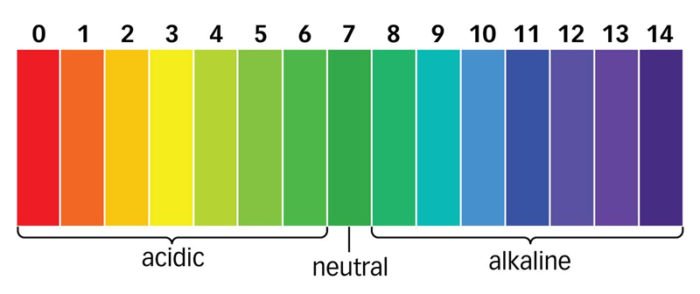
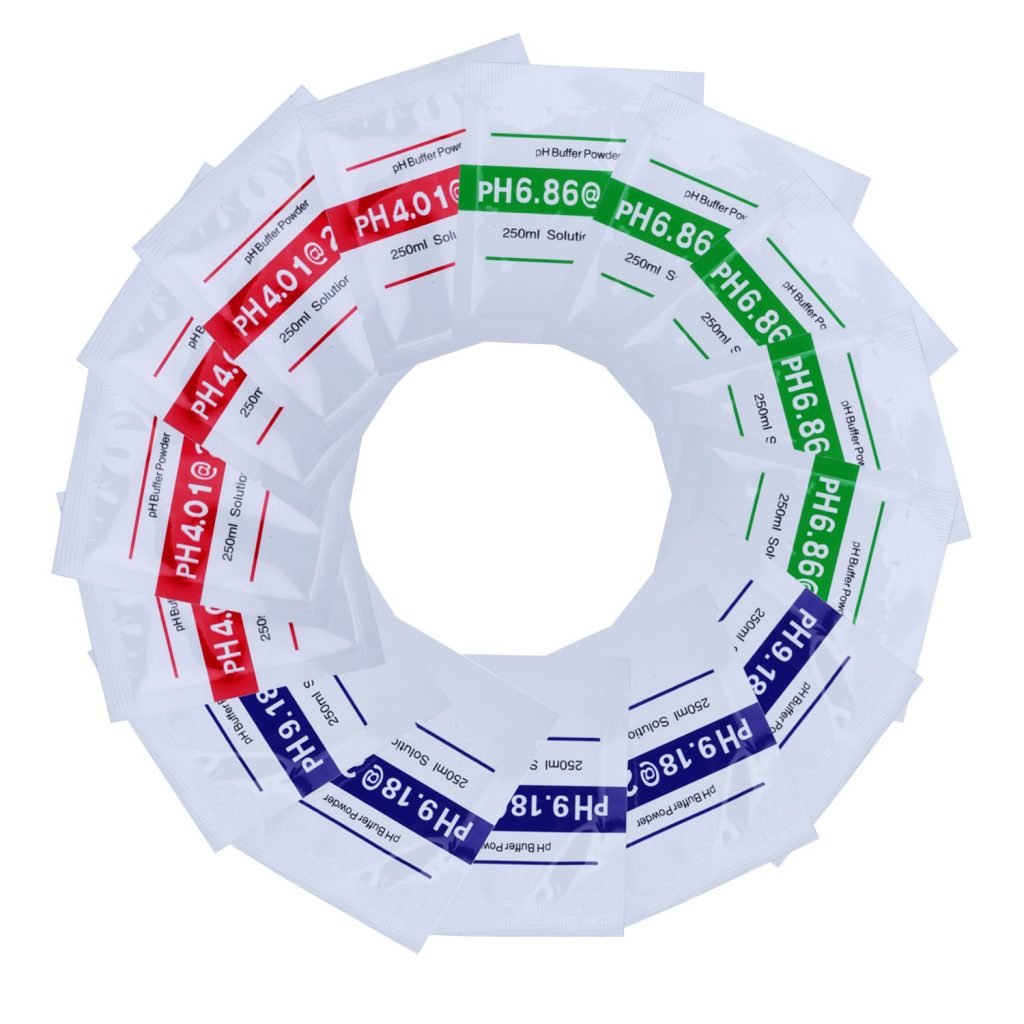 Using a ‘pH-down’ chemical buffer will fix the pH at 6.5 or what you target, creating the sort of stable water chemistry soft water fish such as tetras and rasboras enjoy.
Using a ‘pH-down’ chemical buffer will fix the pH at 6.5 or what you target, creating the sort of stable water chemistry soft water fish such as tetras and rasboras enjoy.
Equally, the ‘pH-up’ buffers will be useful if you’re keeping hard water species like livebearers and many cichlids that get stressed should the pH dip much below 7.5.
Raising the GH level
If you live in an area with low GH water, you might need to add chemicals to increase the GH level to a level suitable for your fish.
- Calcium carbonate (CaCO3) is a typical and cheap material to do this. You can find it as Coral sand, coral pieces, sea shells, Cuttle-bone pieces, etc. It is also sold in gardening shops as ‘Lime’ usually in a powder form. It will however raise KH as well as GH. Which is probably a good thing if you live in a soft water area.
- Magnesium sulphate (MgSO4) or more commonly known as Epsom salt. This will raise GH without altering KH. Used in a ratio of 1:3 with CaSO4 (Calcium sulphate) (1 part MgSO4 to 3 parts CaSO4) to make your own GH mix for a freshwater aquarium.
If you need harder water, it’s easy! Commercial Rift Valley (or cichlid) salts are widely sold, such as Seachem Malawi/Victoria Buffer, and used as instructed will safely raise both the general and carbonate hardness to suit.
Alternatively, you can use one half-teaspoon salt, and one half teaspoon of Epsom salt per 5 gallons to recreate Lake Malawi conditions. Use half that amount for fish like livebearers and goldfish that like slightly harder water, but don’t need the same level of hardness as Mbuna.
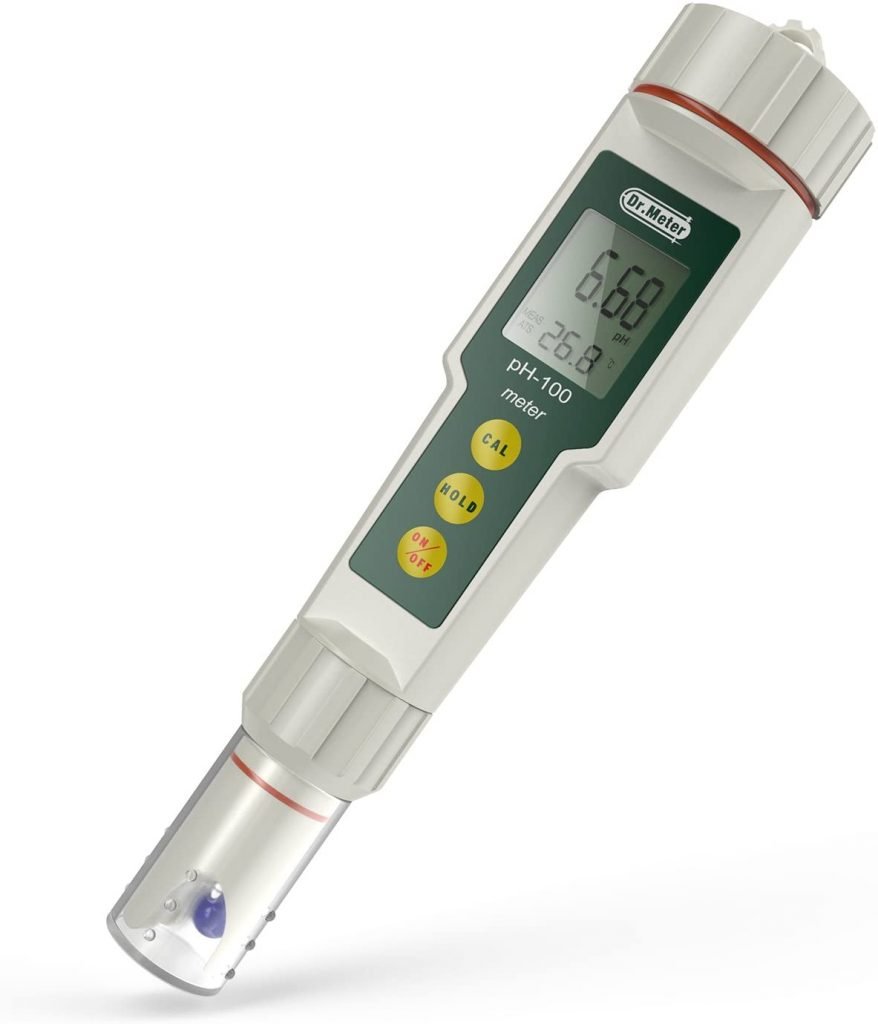 These amounts are approximate, so also use water chemistry test kits to check the pH and hardness levels are where you need them to be and adjust the amounts as required. Epsom salt provides general hardness, while baking soda takes care of the carbonate hardness.
These amounts are approximate, so also use water chemistry test kits to check the pH and hardness levels are where you need them to be and adjust the amounts as required. Epsom salt provides general hardness, while baking soda takes care of the carbonate hardness.
Sea salt, ideally marine salt not table or aquarium tonic salt, adds a few extra minerals that help hard water fish to thrive, but some aquarists are happy to use vacuum packed, rock salt or sea salt for fish keeping.
How to change it down (safely)
If you want soft water, things are a little more complicated. Do not use water from a domestic softener. Although these remove carbonate hardness, they increase the sodium chloride content, so it isn’t true ‘soft water’.
Peat was used in the past and still by some to soften water. But it takes a long time. It relies on storing water with bags of peat for days or weeks before use. You need to use test kits to keep tabs on the water chemistry, removing the peat once the desired pH and hardness levels have been reached.
There are two types of mineral-free water that you are likely to work with. The most natural being rainwater. The other is reverse-osmosis (RO) water. RO can be bought or produced at home using a reverse-osmosis filter. Buying RO water is safe and simple but can be expensive if you need a lot of it and carrying home more than a few gallons becomes impractical. Rainwater is free, and collecting it is cheap if you have the room to store it, but there’s a risk the water is contaminated. RO filters are expensive to buy, use and maintain, but they provide safe soft water on demand, unlike rainwater you are not going to run out during dry spells. For this reason, the majority of aquarists use RO water instead.
It is worth noting that rainwater and RO are too pure to support tropical fish, adding some minerals will be required. The easiest approach is to simply mix the rainwater or RO water with hard tap water. The proportions will vary depending on your tap water chemistry and the desired outcomes, but for the average community, a 50/50 mix is often ideal. If your tap water had a general hardness of 20°dH, and a pH of around 8, such a mix will halve the hardness (to 10°dH) and lower the pH (to around 7.5, assuming the tap water had at least a moderate carbonate hardness level).
The biggest problem with adding tap water is that it introduces nitrate and phosphate and so may not be ideal for certain types of nitrate-sensitive fish. It is also unlikely to lower the pH below 7, which might be what you want if you’re keeping fish from acidic habitats, particularly those adapted to blackwater habitats.
In this case, adding commercial pH buffers instead of tap water will re-mineralise the water in a safe and stable way.
Playing with the chemistry can give you a bigger choice of fish, but Is it worth the effort?
If you’re a beginner or a casual aquarist and want an easy life and are happy with a colorful collection of community fish, water chemistry isn’t necessary. Choose fish best suited to your tap water chemistry.
If you live in soft water areas, most fish from South America, Southeast Asia or West Africa will be fine, including all the popular tetras, barbs, danios and rasboras. These fish can adapt to medium hardness water too, particularly farmed fish (wild-caught fish are fussier) but if you’ve got very hard water, then livebearers and rainbowfish are going to be your best choice, with Rift Valley and Central American cichlids good options for a more specialist system.
And finally another option, adding 3-5 grams of marine salt mix per litre of water to your hard water, gives you a larger range of species to include many colorful and unusual fish that do not like plain freshwater.
API GH & KH TEST KIT Freshwater Aquarium Water Test Kit
General Hardness (GH)Water with a general hardness rating (GH) will have both calcium and magnesium dissolved in it. The amount of dissolved minerals will increase the GH rating. Many fish species, but especially tropical fish, will struggle to thrive in water with hardness rating over a certain amount. The exact amount will vary from species to species. |
Carbonate Hardness (KH) & (pH)Carbonate Hardness (KH) differs from GH as it is a measurement of the carbonate and bicarbonate ions present in the water. This level of carbonates also affects the buffering capacity of water. There is a direct correlation between carbonate hardness amount and how much the pH level in an aquarium can fluctuate. The higher the KH level, the less likely the pH level is going to fluctuate. Conversely, the lower the KH value, the higher the chance of seeing fluctuations in the aquarium water pH levels. If you’re having issues with the pH level in your aquarium, then you need to take a look at the Carbonate Hardness (KH) levels. The two are very closely linked, and changes to KH will impact pH. |
Hardwater Fish SpeciesThere are certain species of tropical fish that will tolerate hard water, so you can choose these varieties without the hassle of softening your aquarium water. Most of the livebearers such as Guppies, Platies, Swordtails, and Mollies can live quite happily in hard water. So will Paradise Fish, Cichlids, Scats, Monos and Archers. |

Thomas McCready is the co-founder of Technology Companies that developed many fish tank products such as aquarium heaters and pumps following his passion for keeping fish.
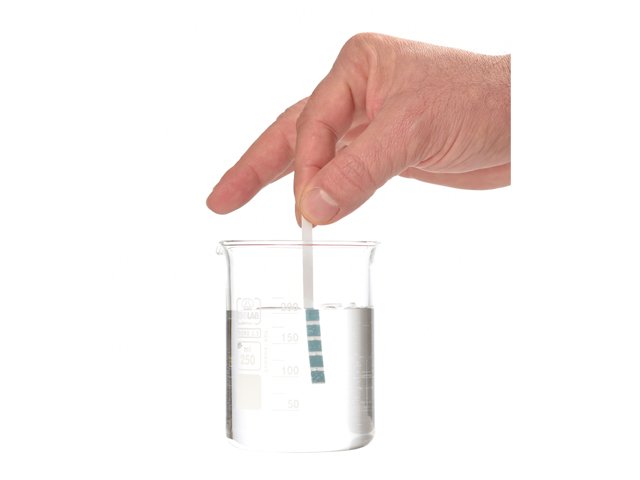
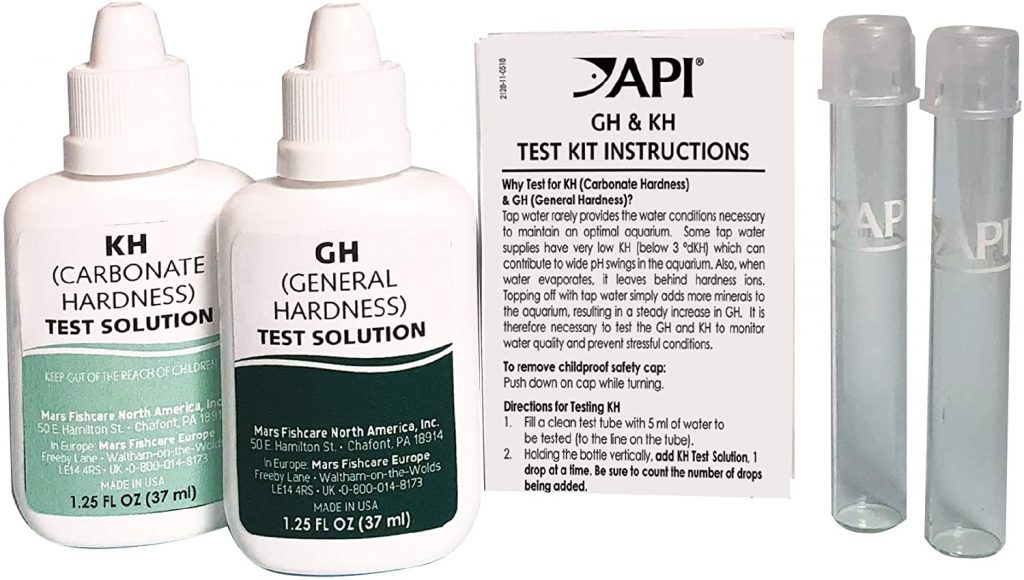

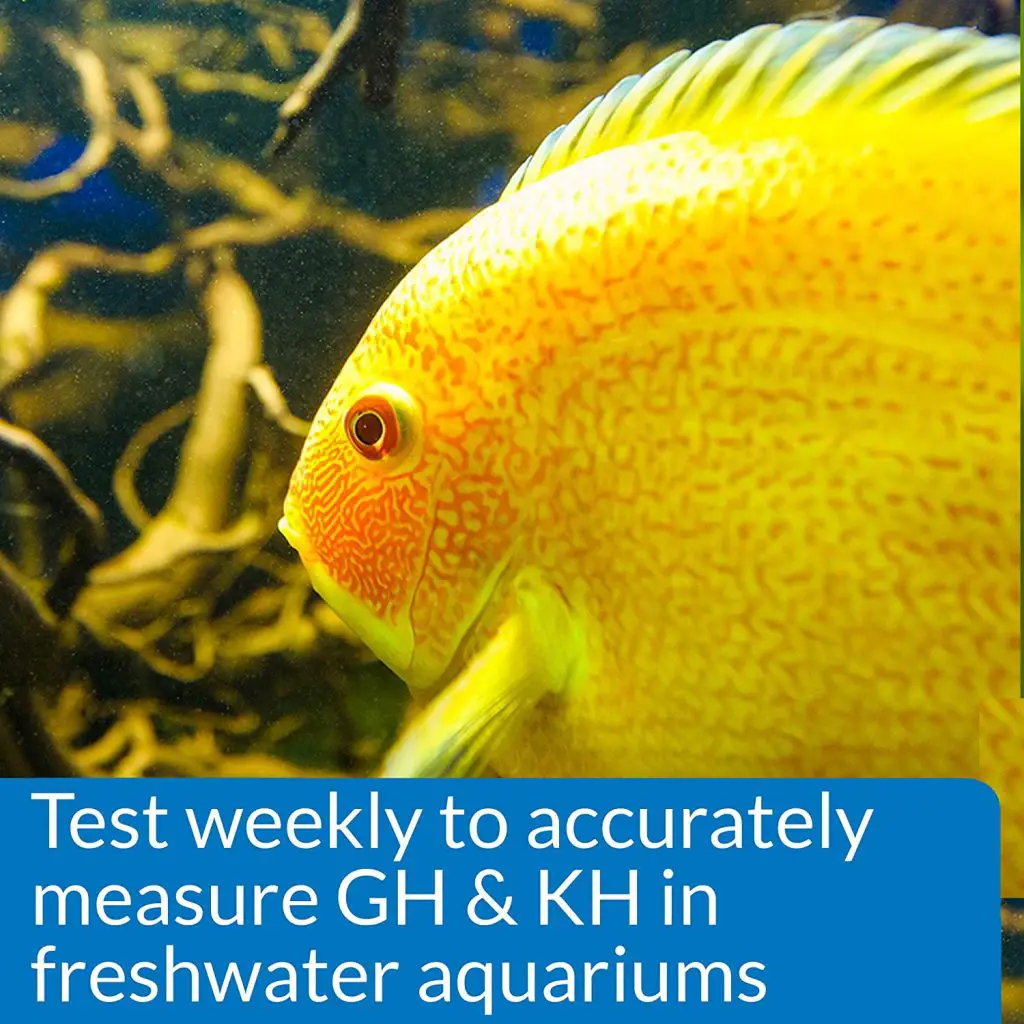
Euryhaline species are amazing from a biology standpoint.
I have very hard water, it’s well water. I didn’t even think of looking into water hardness when selecting fish.
Good to know! This sounded complicated though… I think I need to read this a few times to grasp it…
It is, but the way they wrote it makes sense to me. Just be sure to check pH often and if something is off, look at KH (Carbonate Hardness).
So I should focus on the pH? To determine water hardness?
This takes me back to science class! Great post and very much needed info.
So is the GH & KH test kit all you need to start with?
Enjoyed your explanation of Osmoregulators!
had to make my water softer, i used these instructions: Dissolve 1 teaspoon of baking soda, 1 teaspoon of Epsom salt and 1 teaspoon of rock salt in 5 gallons of dechlorinated water.
add one cup of water at a time and test the water between cups
Wow, rainwater is an option? I would never have thought that would be viable given the contamination issue that could arise, even with proper filtering/cleaning. I guess if you have it in a clean place to collect, but then I would worry about it sitting around.
Can’t stand hard water, even for me as a person. Surprised that there are some species of fish that can tolerate hard water, that is shocking to me. TBH I never even thought about water hardness, etc. for fish, just hear about how the nitrates and stuff have to be in check.
This would make a great little chemistry or biology project for kids in school! And they could learn how to keep fish at the same time 🙂